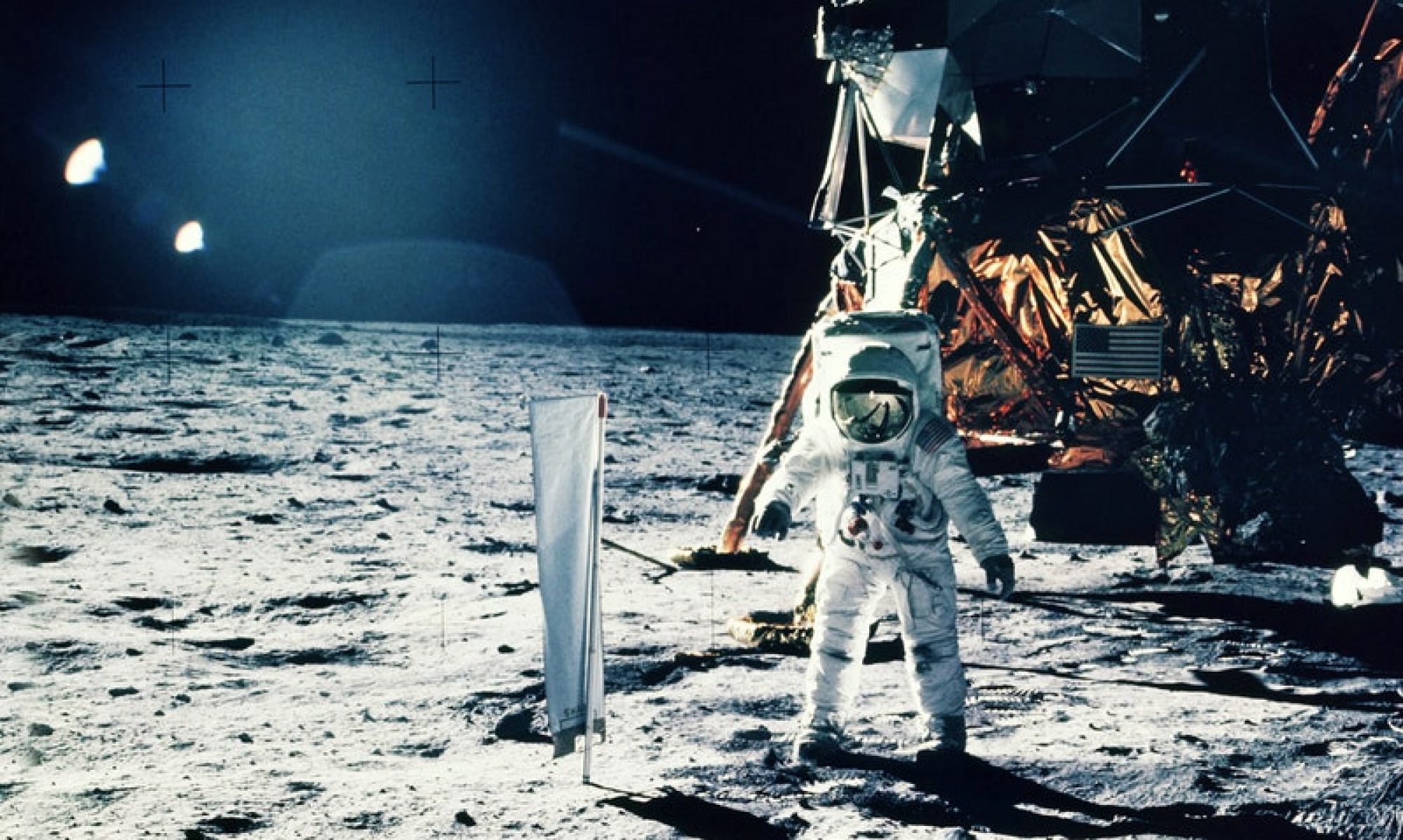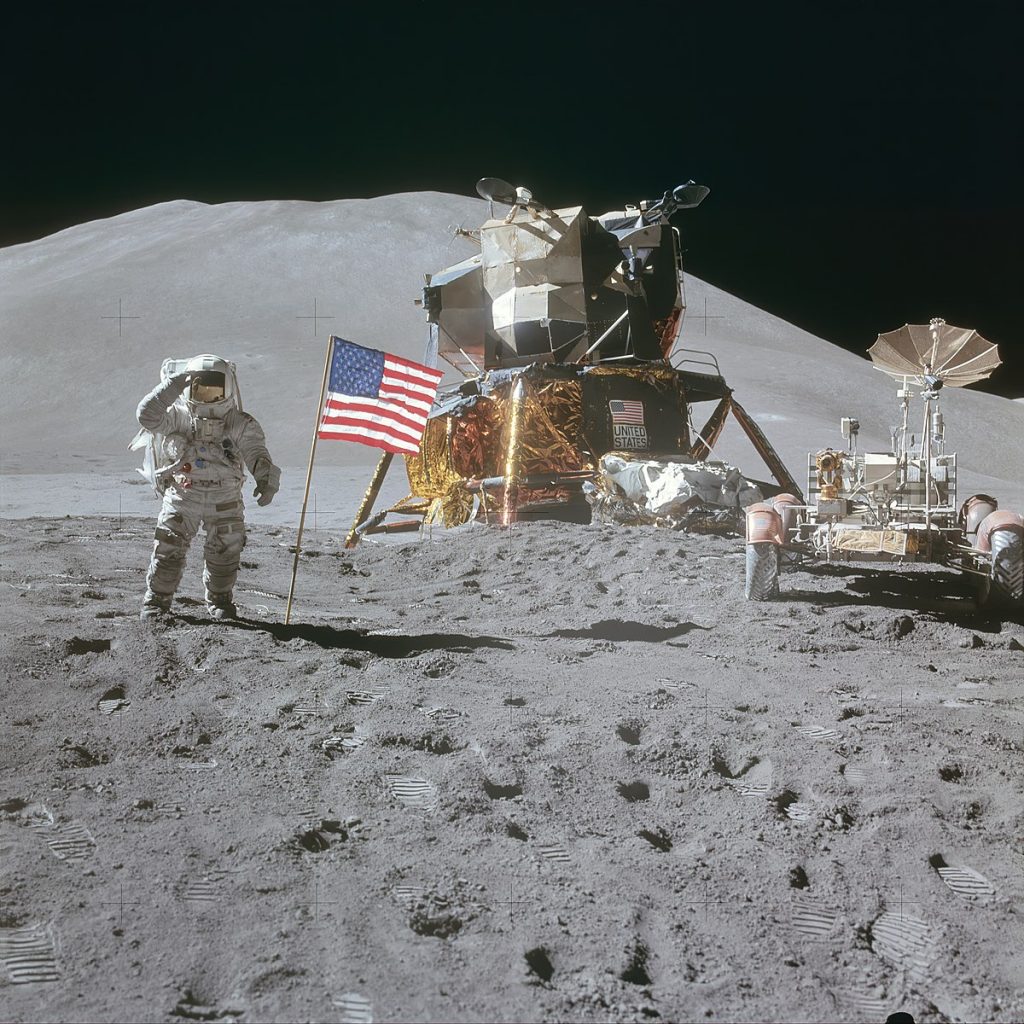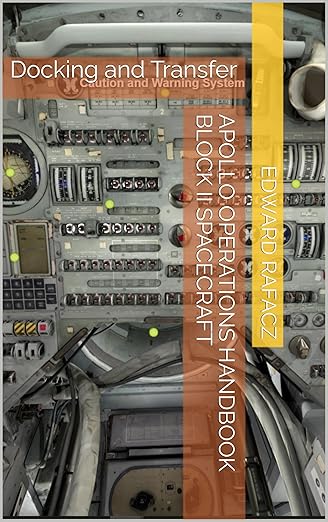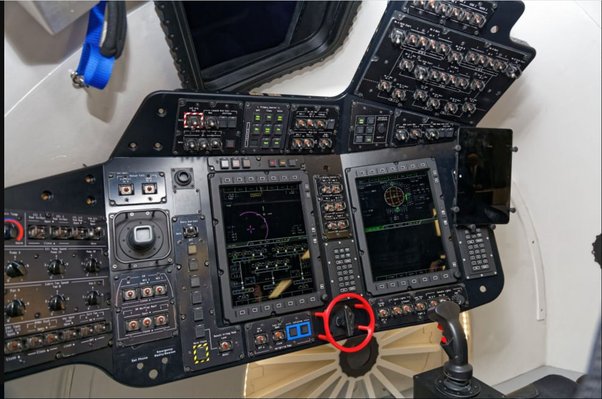The Space Shuttle: The First and Still Unmatched Reusable Rocket
Before SpaceX, before Falcon 9, and before the Artemis program, NASA achieved something no one had done before: a reusable rocket system that could throttle its engines and launch astronauts into space over and over again. The Space Shuttle wasn’t just another spacecraft—it was a game-changer that set the foundation for modern rocketry.

Even today, no other engine has matched what the Space Shuttle Main Engine (SSME) accomplished. Designed to be started 55 times and take the Spacecraft into Hypersonic Speeds, it was the first and still unmatched reusable rocket engine that is throttleable ever built. Unlike SpaceX’s Falcon 9 booster, which is recovered and reused but doesn’t reach Low Earth Orbit (LEO) itself, the Shuttle’s engines powered the spacecraft all the way into orbit.
$10 Billion Well Spent: A First Launch Success
Developing the Space Shuttle cost $10 billion, a fraction of what modern space programs require. And yet, on April 12, 1981, the very first flight of Columbia was a stunning success. Unlike many rockets that were ‘less than nominal’ ending in ‘unscheduled rapid disassembly’ in early test flights, NASA got it right the first time.
But they didn’t stop there. After every mission, NASA engineers took the engines apart, inspected them, and improved them. By the end of the Shuttle Program, these engines were 30% more efficient than when they first flew, making them some of the most refined rocket engines ever built.

The Legacy of the Space Shuttle: Powering the Artemis Generation
Even though the Space Shuttle retired in 2011, its engines live on. The same engines that once powered the Shuttle into orbit are now used on NASA’s Space Launch System (SLS)—the rocket that sent the Artemis mission back to the Moon. These engines, now called RS-25s, continue to be the most powerful and reliable engines available today.
The Space Shuttle proved that reusable rocketry was possible decades before anyone else could do it. While private companies like SpaceX lead by Tom Mueller’s genius have made huge strides in rocket recovery, no engine has matched the Shuttle’s. The ability to take a spacecraft all the way into orbit and then be reused has yet to be achieved.
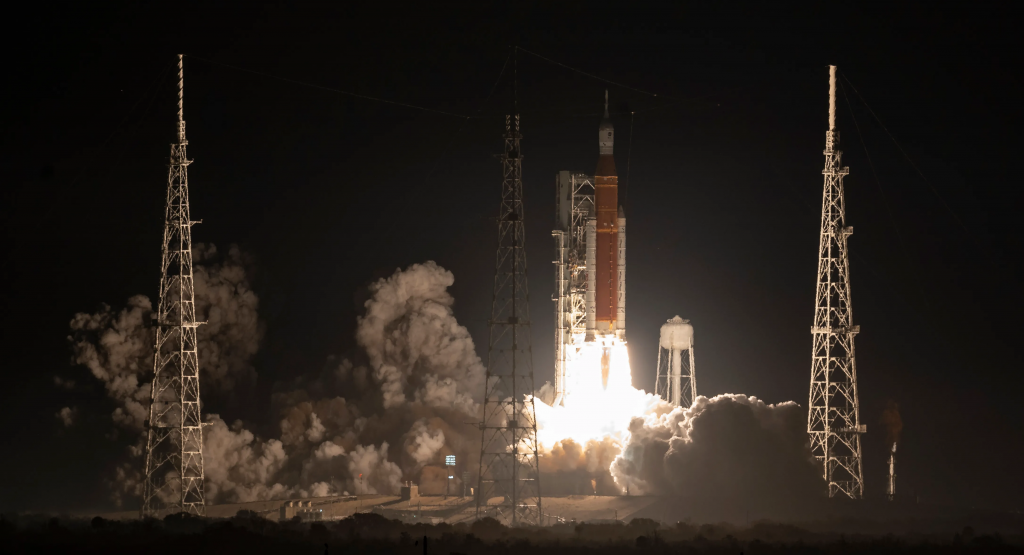
The Legacy of the Space Shuttle: Help Promote the Facts!
NASA’s legacy isn’t just in the past, it’s paving the way for the future. With Artemis, the same engineering brilliance that created the First and Still Unmatched Reusable Rocket is now sending humanity back to the Moon. And beyond to Mars. Help promote science facts by joining use for free at the Spacecraft Interactive Virtual Reality Museum.
Our Most Popular e-Book on the Apollo Spacecraft
Apollo 11 Guide: Interactive Guide of the First Spacecraft to Bring Man to the Moon
We took the paper version of the NASA Apollo Operations Handbook (AOH) for the Apollo Command Module and converted it to an electronic format with a better font for easier reading. The hyperlinked content allows the reader to find Apollo program content 3 times faster than normal e-books. And the Pinch and Zoom images allow for diagrams to be enlarged for easy viewing. This section contains information identifying the physical characteristics of the docking system and the operations associated with docking and separation. Take a look HERE

The legacy of the space experiments is vast. From pinpointing the Earth’s distance from the Moon to inspiring the GPS technology we rely on daily. This small device has done so much. See more articles like this at our Blog – Spacecraft Guide. Share this article to show why we must keep reaching for the stars.
